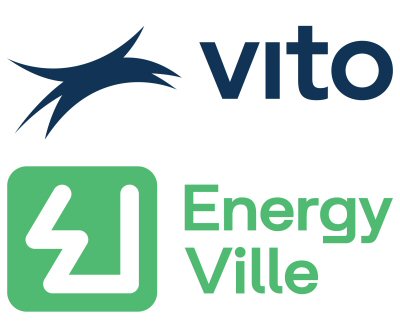The cell voltages are constant but the values as measured by the CVM fluctuate in a regular pattern.
The probable cause is a ground loop. The CVM is very well isolated on different levels but only in DC. Ground loops can exist in AC only. Also AC currents may flow through the stack if it is connected to equipment that is connected to the grid, e.g., an inverter, oscilloscope or electronic load. Often the problem can be remedied by adding an isolation transformer in one or more grid connections.
Can any spare inputs be used for other purposes than for cell voltage measurements?
Yes, but a number of issues should be considered. How will the additional sensors be powered and how will this relate to the isolation ? How will you set the stacks cell count ? If it includes the additional sensors, the minimum voltage will be calculated using also the sensor output. Will the sensor output range be OK ? If you need additional analog inputs, contact us.
Can the data traffic generated by the CVM on the CAN bus be limited?
Yes it can. There are two ways to do this : the cycle time can be modified or the transmission of individual cell voltages can be switched off.
Can CVM messages be given a lower priority on a CAN bus with vital traffic on it?
Yes. The approach to this is to figure out which node on your CAN bus transmits messages with the highest priority. If it is a CANOpen node, it should have a very low node number, e.g. zero. It will then produce message with CAN ID 180(hex). Assigning node number one to a CVM will have it transmit messages with ID 181(hex) which is a lower priority than ID 180(hex). Refer to the CAN specifications for detailed information.
Can I connect the CVM’s main controller to a known potential?
No you can’t, all connections to the CVM’s main controller are isolated. However, if you are working with high potentials (several hundred cells in series), this might be safer than isolating only. Contact us for assistance if you are in this situation.
Which interface should I choose?
The CVM comes standard with a CAN interface for a reason. Compared to RS232 or conventional RS485 the bandwidth of a CAN bus is much larger and it works over longer distances. Also it implements message prioritization and collision detection in the hardware making it a real time system. RS232 supports only point-to-point connections so only one CVM can be connected to one port. Also for the software development on the side of the main controller, CAN has its advantages as it is message oriented. RS232 or RS485 are character oriented communication standards which means programmers must implement the character to message algorithms themselves.
A system is of 4 stacks of about 100 cells each. All those stacks will be connected in serial configuration which means a maximum voltage of more than 400V between the last cell and the ground. Does the cellsense technology comply with that requirement in
Yes, it can comply to this requirement in several ways : multiple systems can be combined (e.g. one per stack). This would be a logical way to go as this would provide you with a serperate set of data per stack (e.g. minimum, maximum, average voltage, temperature). A second way is to connect the center point of the stacks (+ terminal of stack 2) to the CVM controller yielding + and - 200V common mode voltages. This may not be acceptable if you require isolation at this level. A third way is to replace certain electronic components with components with a higher dielectric rating. This is probably the most expensive way.
We might connect this system to the grid without galvanic insulation. Therefore, does CellSense FC withstand with a 2500Veff 50Hz dielectric test for 60 seconds between one sensing point and the ground?
All outputs of the CVM comply to this spec. The power supply does not (1500VDC) but, assuming you would use the same isolated power supply for the CVM and your FC controller, this would solve this limitation.
